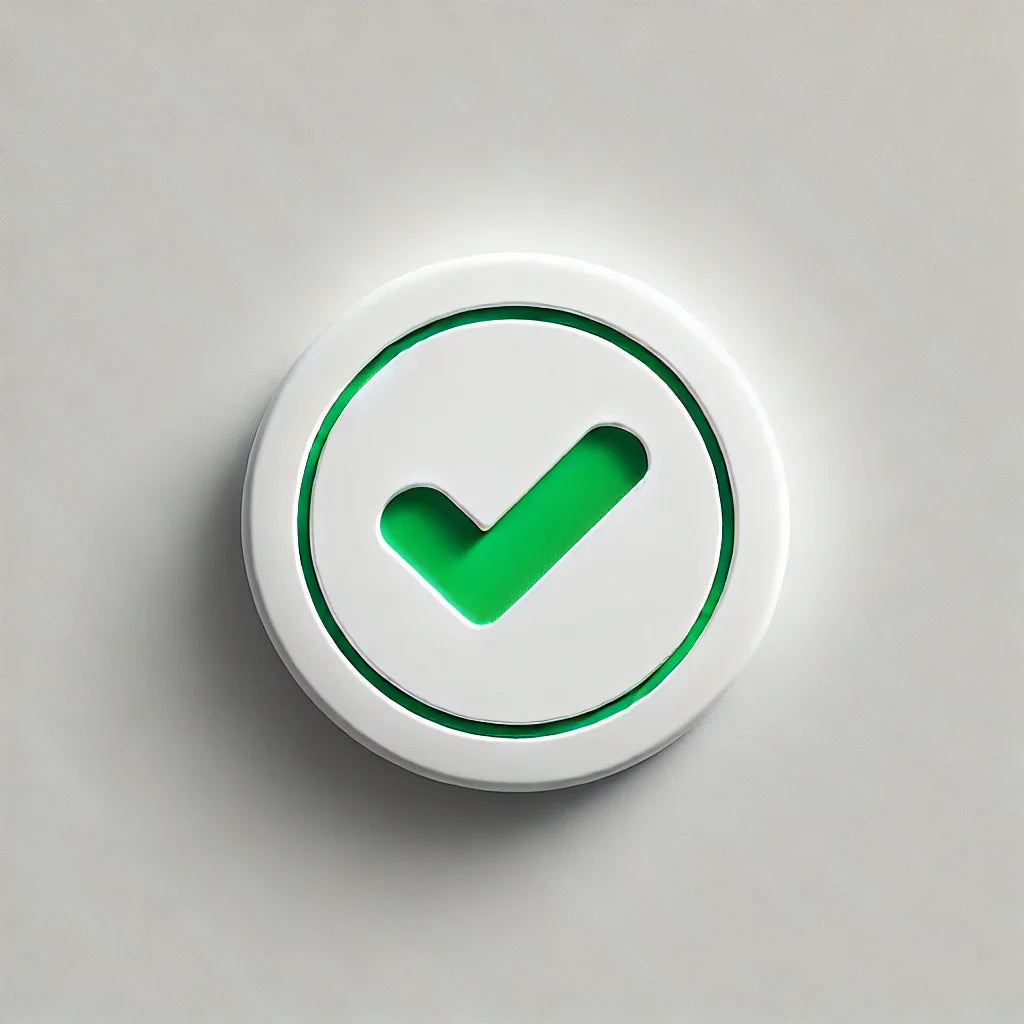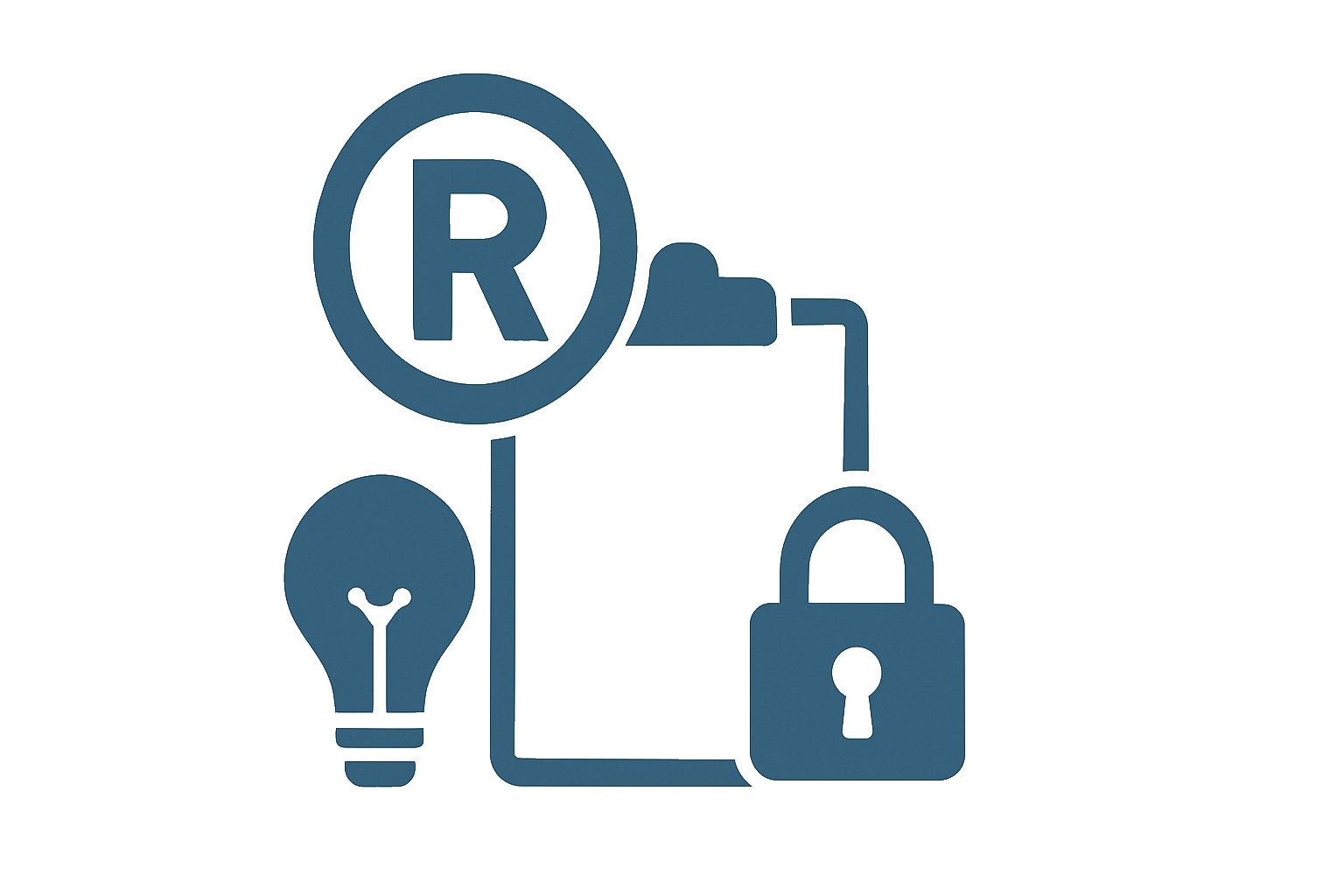📌 Quick Summary
Think anyone can just pop up and start selling on Amazon? Think again. Amazon takes seller verification seriously—using high-tech tools, document reviews, and even video calls to keep shady sellers off the site. Here’s how it works—and what it means for buyers and sellers alike.
❓ Common Questions & Answers
Q1: Does Amazon really verify every seller?
Yes—Amazon has a rigorous verification process involving ID checks, bank info, and sometimes live video interviews before allowing sellers to operate.
Q2: What’s involved in the Amazon seller verification process?
Expect to provide business documents, proof of identity, tax info, and banking details. Amazon may also require real-time video verification.
Q3: Can fake sellers still get through Amazon’s system?
It’s rare, but yes. Amazon’s system isn’t foolproof. Scammers occasionally slip through, but swift suspensions often follow once discovered.
Q4: How can buyers spot a verified seller?
While Amazon doesn’t show a big shiny badge, verified sellers tend to have consistent ratings, reviews, and Prime-eligible listings.
Q5: Why is Amazon cracking down harder on seller verification now?
Simple: customer trust. With rising counterfeit and fraud risks, Amazon is strengthening its walls to keep the marketplace clean and trustworthy.

📜 Step-by-Step Guide to Amazon Seller Verification
Step 1: Create an Amazon Seller Account
Choose your seller type (individual or business) and register with your email. This opens the gate to the process.
Step 2: Submit Key Documents
Upload identity documents (like passports), proof of business registration, and bank account details.
Step 3: Complete Tax Information
Amazon requires tax identity info—like a TIN (Taxpayer Identification Number) or VAT ID—for compliance and cross-border sales.
Step 4: Undergo a Video Verification (Sometimes)
Newer sellers may be asked to hop on a live video call with an Amazon rep to confirm identity and documents.
Step 5: Wait for Review
Verification can take a few days to a few weeks. You’ll be notified via email once approved—or asked to submit corrections.
📖 Historical Context
Amazon’s marketplace was launched in 2000, allowing third-party sellers to list items. Early days were a Wild West: low regulation, minimal checks, and lots of buyer risk. This quickly became a problem.
By the 2010s, as counterfeit complaints soared and regulatory heat intensified, Amazon began implementing stricter policies. The Amazon Brand Registry launched in 2017, giving more power to brand owners to fight knock-offs, and new seller verification standards began rolling out globally.
In 2020, Amazon stepped things up: launching video verification for new sellers, an unusual but effective way to combat fraud. Combined with AI and manual document review, this modern system dramatically reduced fake listings and seller scams, reinforcing Amazon’s reputation as a “buyer-first” platform.
🏢 Business Competition Examples
-
eBay – Known for a looser vetting process historically, eBay introduced identity verification protocols similar to Amazon’s but still struggles with counterfeit goods.
-
Etsy – Focused on handmade and vintage goods, Etsy recently increased seller ID requirements to prevent drop-shippers and unverified sellers from abusing the platform.
-
Walmart Marketplace – Walmart’s seller application process is invite-only and includes heavy vetting. They aim to offer an Amazon-like buyer experience with fewer risks.
-
Alibaba/AliExpress – While big on B2B, both platforms have struggled with trust issues and only recently started rolling out more robust seller verification tools.

💬 Discussion Section
Let’s get real: the internet is full of scammers, and marketplaces are ripe for exploitation. That’s why Amazon’s seller verification process is a huge deal. It's more than red tape—it's a digital moat.
For sellers, verification is the first rite of passage. It’s a bit of a hassle, sure—but it’s designed to weed out the bad actors. And in an age where deepfakes and fake IDs are getting more realistic, Amazon’s decision to use video interviews was a game-changer. Imagine trying to hold up a Photoshopped passport on a live call—it’s not gonna fly.
For buyers, the system creates a safer space. But no system is perfect. You should still look for red flags—sudden price drops, weird seller names, or listings with no reviews. The platform may be strong, but buyer intuition still plays a role.
Here’s the kicker: Amazon’s entire brand rests on trust. If people can’t trust what’s on the site, they won’t come back. So, Amazon’s got skin in the game. Its AI-powered fraud detection is constantly scanning for sketchy behavior, even post-verification.
What’s next? Probably even deeper integrations—blockchain tracking, biometric logins, and full-on seller background checks. Because in the war on fake goods, Amazon’s not just playing defense—it’s building a fortress.

⚖️ The Debate
🔍 Pro-Seller Verification:
It protects buyers, filters out scams, and enhances the overall integrity of the platform. A little friction upfront means more trust long-term.
😡 Anti-Seller Verification:
It can be a barrier for small businesses, especially international sellers who may struggle with documentation or face unfair rejections.
✅ Key Takeaways
-
Amazon’s seller verification is multi-layered, including document and identity checks.
-
Video calls are increasingly used to confirm legitimacy.
-
Buyers benefit from a safer shopping experience.
-
The system isn’t flawless—but it’s improving.
-
Seller verification is now central to Amazon’s trust strategy.

⚠️ Potential Business Hazards
-
Rejected Verification: Incorrect or incomplete documents can delay or prevent selling.
-
Fraudulent Listings: Some bad actors still manage to get through.
-
Over-Reliance on Automation: AI flagging can falsely suspend legitimate sellers.
-
Privacy Concerns: Video calls and document uploads raise data privacy questions for some sellers.
❌ Myths & Misconceptions
-
“Anyone can sell on Amazon instantly.” Nope—verification is mandatory now.
-
“Amazon always shows who’s verified.” There's no public badge like Instagram.
-
“Video calls are just random.” Not anymore—they’re increasingly standard for new sellers.
-
“Small sellers get a free pass.” Actually, they often face more scrutiny.
-
“Once verified, you’re safe forever.” Ongoing monitoring continues behind the scenes.

📚 Book & Podcast Recommendations
-
Book: The Everything Store by Brad Stone – https://www.goodreads.com/book/show/17660462
-
Podcast: Marketplace Tech – https://www.marketplace.org/shows/marketplace-tech/
-
Book: Amazon Unbound by Brad Stone – https://www.goodreads.com/book/show/55300209
-
Podcast: The Jason & Scot Show – E-commerce Podcast – https://retailgeek.com/jason-scot-show/
⚖️ Legal Cases
-
Milo & Gabby v. Amazon.com (2016)
Summary: Amazon was found not liable for third-party counterfeit goods. Sparked stronger seller screening.
https://casetext.com/case/milo-gabby-llc-v-amazoncom-inc -
Oberdorf v. Amazon (2019)
Summary: Court ruled Amazon could be liable for third-party product harm. Set legal precedent for seller accountability.
https://www.leagle.com/decision/infco20190703052 -
Angela Bolger v. Amazon.com (2020)
Summary: Amazon held liable in California after a battery explosion. Pressured the platform to enforce seller checks.
https://www.courts.ca.gov/opinions/documents/D075738.PDF

📣 Expert Invitation
Are you a verified seller with a wild onboarding story? Or maybe a buyer who spotted a fake from a mile away? We want to hear your side of the saga. Share your experience with us at InventiveUnicorn.com – the playground for sharp minds and business rebels.
🔚 Wrap-Up Conclusion
Being a seller on Amazon isn’t just about having products—it’s about proving you’re legit. Amazon’s verification system is far from casual—it’s the frontline in a battle for trust. Whether you're a buyer or a seller, now you know what’s happening behind the curtain.













